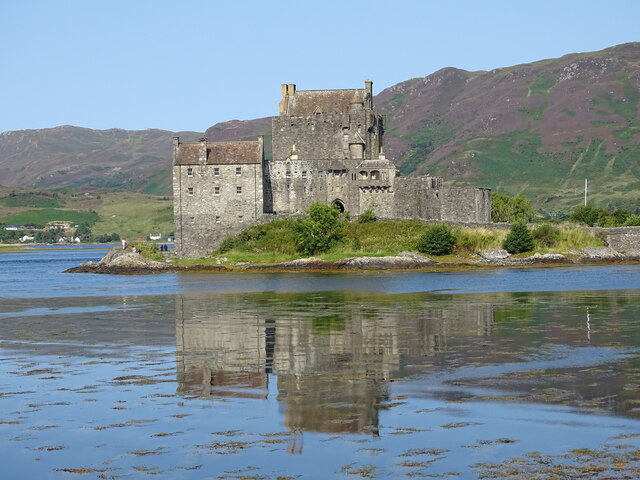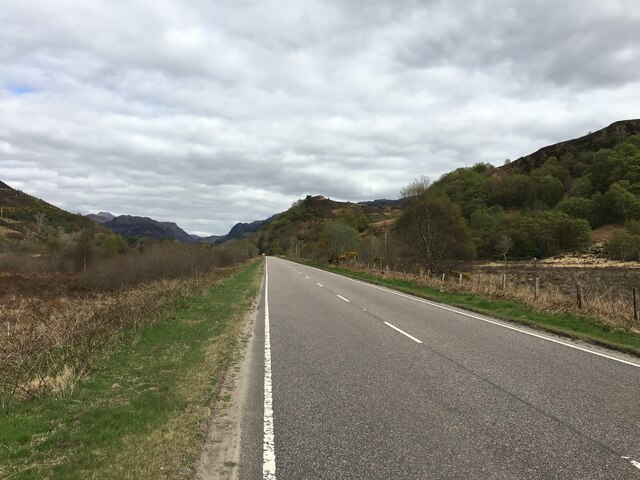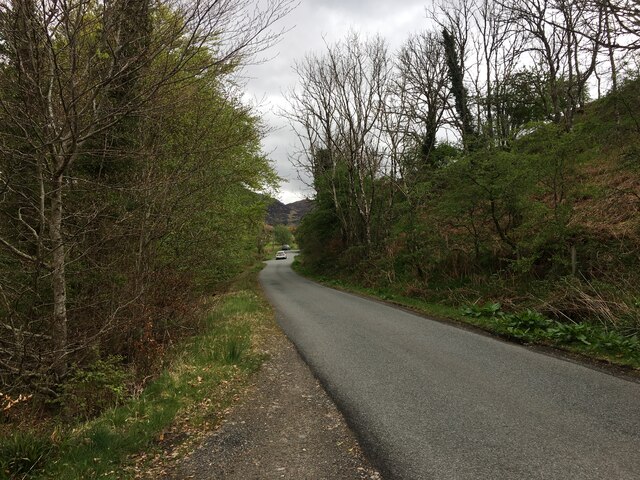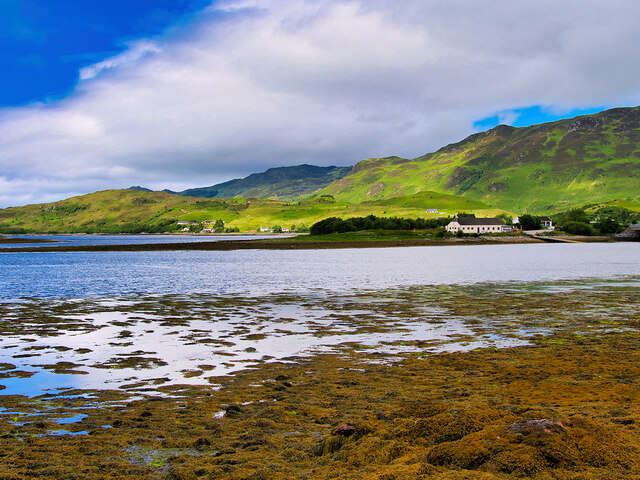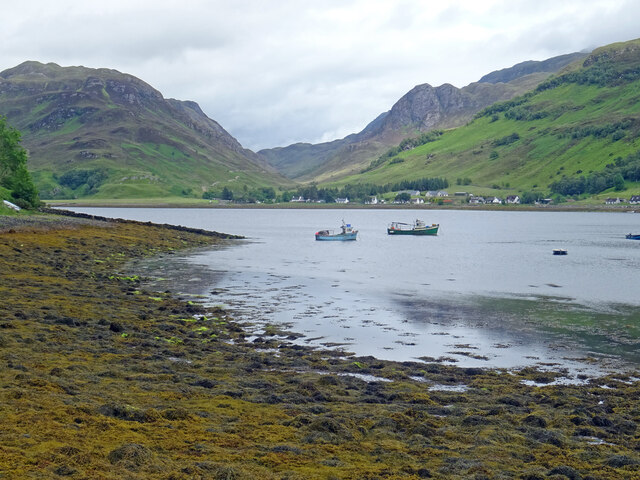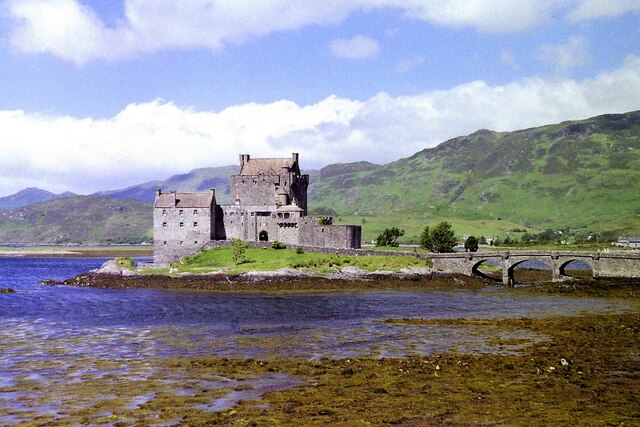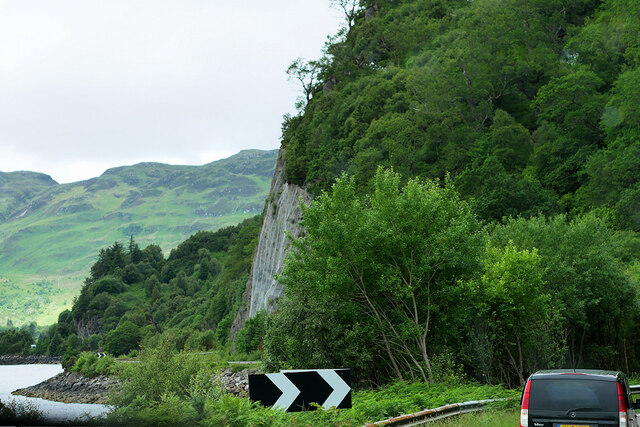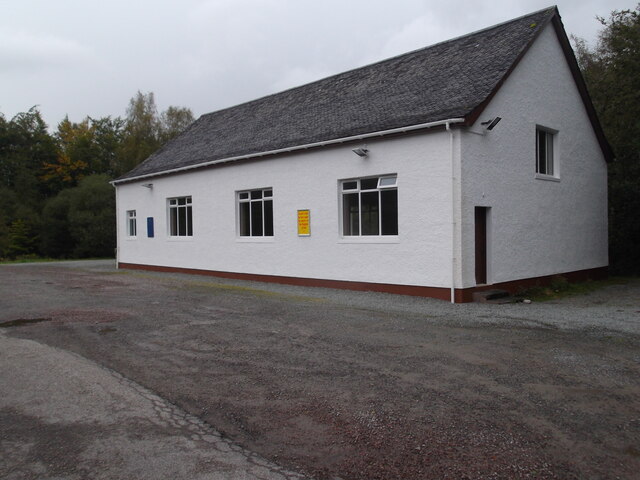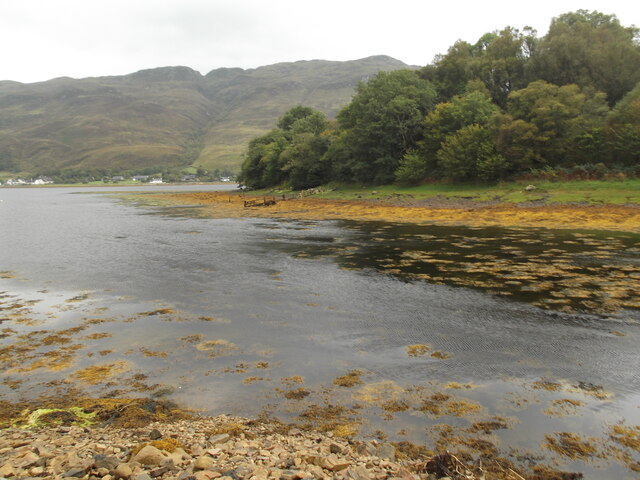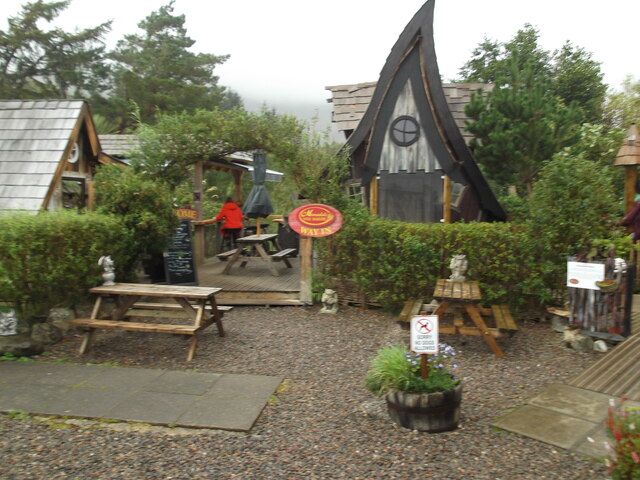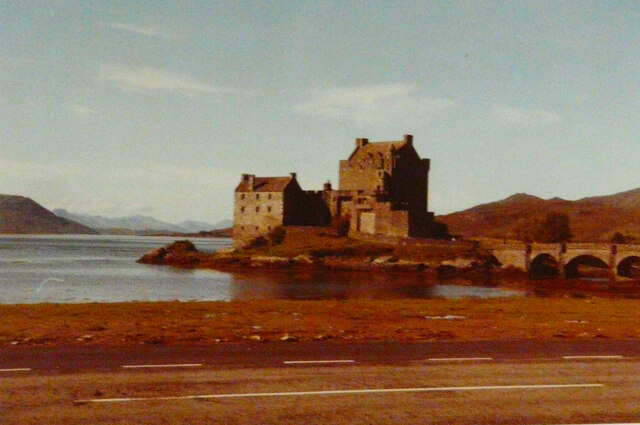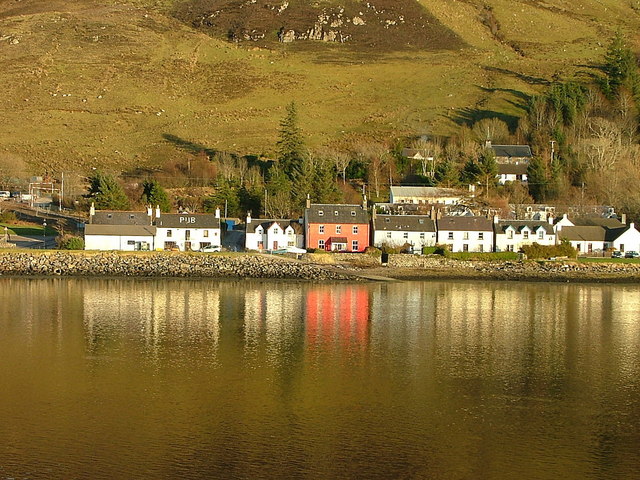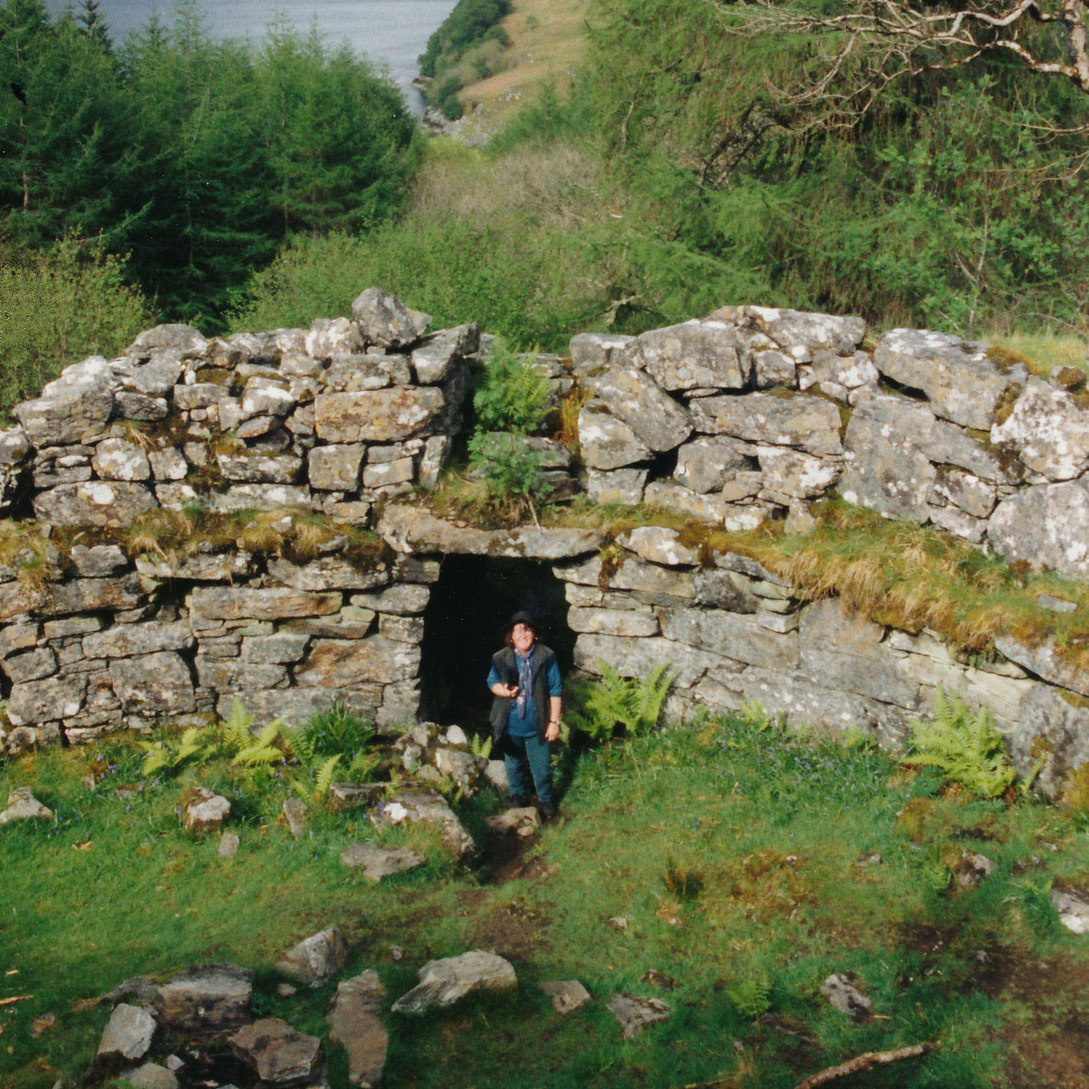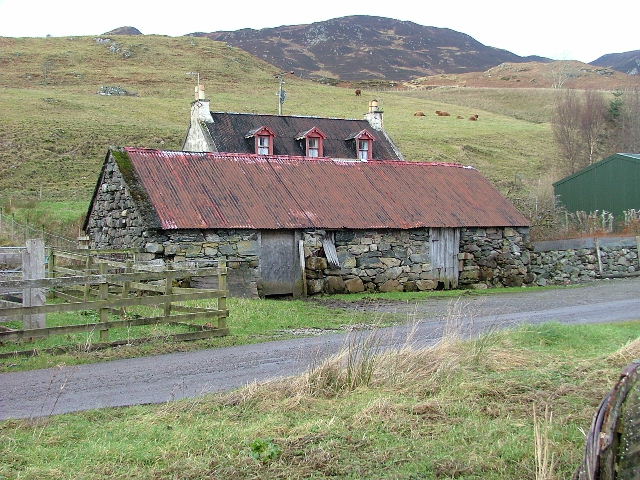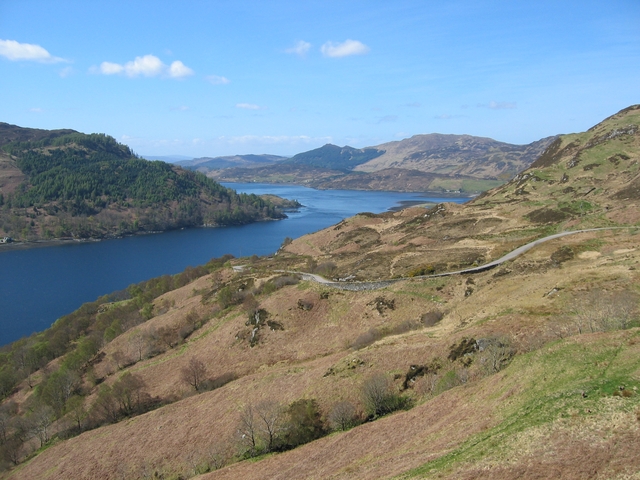Ardelve Point
Coastal Marsh, Saltings in Ross-shire
Scotland
Ardelve Point
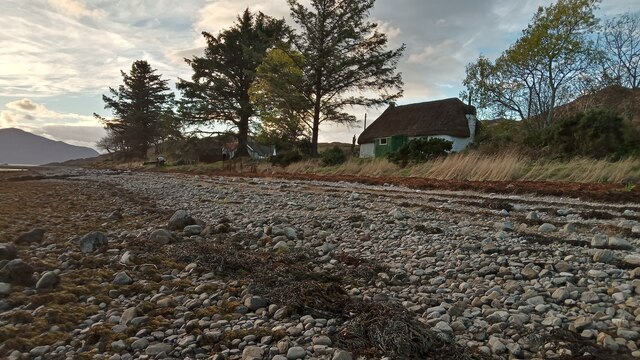
Ardelve Point, located in Ross-shire, Scotland, is a picturesque coastal marshland characterized by its unique saltings. This natural landscape is situated where the River Croe meets the sea, offering a diverse ecosystem that is both visually stunning and ecologically important.
The coastal marsh of Ardelve Point is a wetland area dominated by tall grasses, reeds, and other water-loving plants. It is regularly influenced by the tides, creating a dynamic habitat that supports a variety of wildlife. The saltings, or salt marshes, are an integral part of this ecosystem, providing a transition zone between the land and the sea. They are characterized by their salty soil, which is inundated by saltwater during high tides.
The marshland of Ardelve Point is home to a wealth of plant and animal species. The dense vegetation and waterlogged conditions provide an ideal habitat for birds such as herons, curlews, and oystercatchers. These birds can be observed wading through the shallow waters, searching for food. The marshes also attract a variety of insects and small mammals, which in turn support larger predators such as foxes and otters.
Aside from its ecological significance, Ardelve Point is also appreciated for its natural beauty. The expansive marshland, with its interplay of vibrant greens and blues, offers a tranquil and serene setting for visitors. The area is well-suited for leisurely walks and birdwatching, allowing nature enthusiasts to immerse themselves in the sights and sounds of this unique coastal ecosystem.
In conclusion, Ardelve Point in Ross-shire is a coastal marshland renowned for its saltings and diverse wildlife. Its wetland habitat supports a range of plant and animal species, making it an important ecological site. Additionally, its scenic beauty and opportunities for outdoor activities make it a popular destination for nature lovers.
If you have any feedback on the listing, please let us know in the comments section below.
Ardelve Point Images
Images are sourced within 2km of 57.276939/-5.5206234 or Grid Reference NG8726. Thanks to Geograph Open Source API. All images are credited.

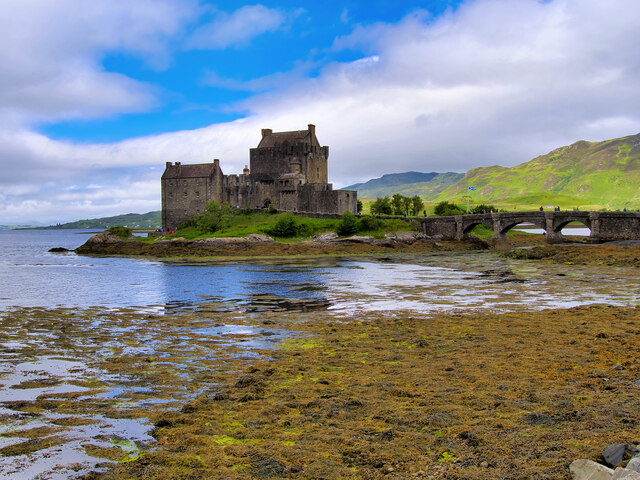
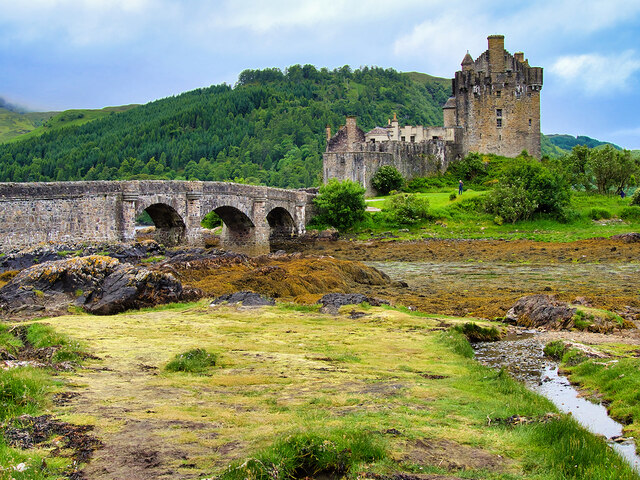
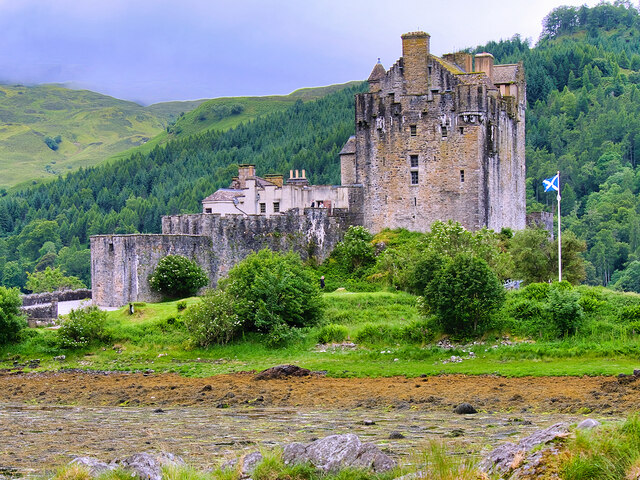
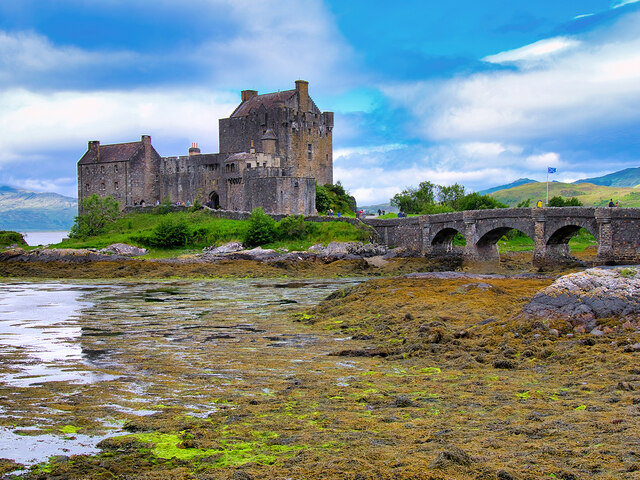
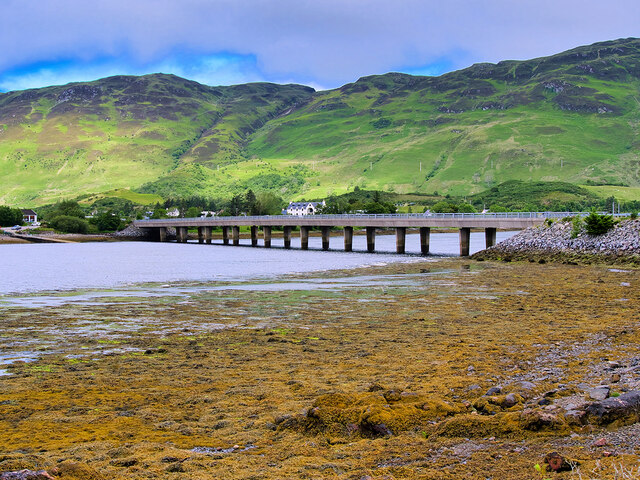
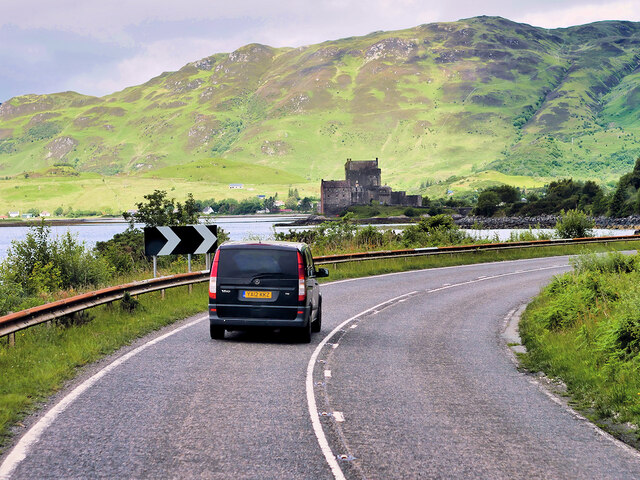
Ardelve Point is located at Grid Ref: NG8726 (Lat: 57.276939, Lng: -5.5206234)
Unitary Authority: Highland
Police Authority: Highlands and Islands
What 3 Words
///chief.adjuster.showdown. Near Glenelg, Highland
Nearby Locations
Related Wikis
Dornie
Dornie (Scottish Gaelic: An Dòrnaidh) is a small former fishing village in the Lochalsh district in western Ross-shire Highlands of Scotland (2006 census...
Eilean Donan
Eilean Donan (Scottish Gaelic: Eilean Donnain) is a small tidal island situated at the confluence of three sea lochs (Loch Duich, Loch Long and Loch Alsh...
Capture of Eilean Donan Castle
The Capture of Eilean Donan Castle was a land-based naval engagement that took place in 1719 during the British Jacobite rising of that year, and the War...
Caisteal Grugaig
Caisteal Grugaig (or Dun Totaig) is an Iron Age broch near the eastern end of Loch Alsh in the Scottish Highlands (grid reference NG86682508). == Location... ==
Ardelve
Ardelve (Scottish Gaelic: Àird Eilbh) is a village in Highland, Scotland, on Loch Alsh. It overlooks the Eilean Donan Castle, which is in Dornie, also...
Nostie
Nostie (Scottish Gaelic: Ceann na Mòna) is a small remote hamlet, lying on Nostie Bay, an inlet at the northeastern end of the sea loch, Loch Alsh in the...
Letterfearn
Letterfearn (Scottish Gaelic: Leitir Fheàrna) is a settlement that lies of the western shore of Loch Duich in Skye and Lochalsh, Highlands of Scotland...
Loch Anna
Loch Anna is a small, upland, freshwater loch approximately 2.4 km (1.5 mi) north of Loch Alsh at Ardelve, in Lochalsh, Scotland. It lies in a northwest...
Nearby Amenities
Located within 500m of 57.276939,-5.5206234Have you been to Ardelve Point?
Leave your review of Ardelve Point below (or comments, questions and feedback).
